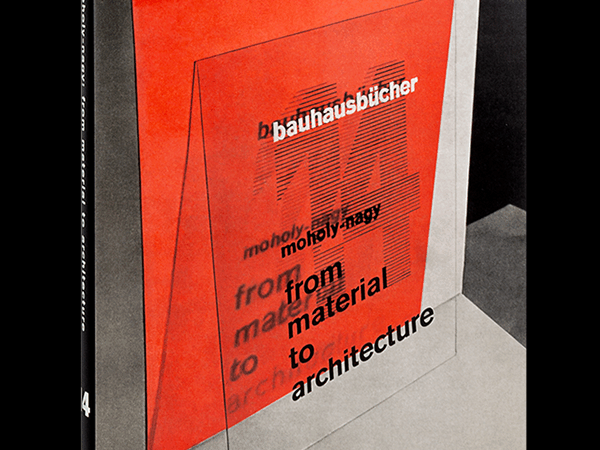Blue Crow Media, perhaps the foremost current publisher of city maps focused on modernist architecture, returns with the Berlin U-Bahn Architecture and Design Map. Like the previous entries in their series showcasing the architectural highlights of urban transit systems – London, New York, Paris, Moscow – the Berlin entry is attractively printed on thick, sturdy paper with a die-cut slipcase.
Also like the publisher’s previous offerings (including the Brutalist Berlin Map and the Pyongyang Architectural Map), the emphasis is less on wayfinding and more on presenting a minimalist and straightforward overview of the city’s architectural highlights. Rather than throwbacks to a purely analog era, where maps had to be followed street by meticulously detailed street, Blue Crow creates physical maps that are intended for the 21st century, in that they offer a clean, simple overlay of a city while leaving much of the work of navigation and transit connections to our ever-present smartphones. This stripped-down approach allows each map to focus on the essentials without getting bogged down in cartographic details that would likely be made redundant by modern technology.

While the map’s front side offers a minimalist presentation of the full U-Bahn network (minus the just-completed U5 extension), the back goes much more into detail, with vivid photos and bilingual English/German texts providing design notes and historical context for the selected stations. In addition to the major stations along the central East-West U1/2/3 axis that stretches from Zoologischer Garten to Görlitzer Bahnhof (many of which were designed by Swedish architect Alfred Grenander in the early 20th century), the map focuses heavily on the northern stretches of the U7 and U8. The former, which were nearly all designed by Rainer Rümmler and built between 1978 and 1984 (see our photo gallery here), are a stunning amalgam of geometric uncanniness and childlike whimsy, particularly in the striking, multicolored tilework of the platforms and hallways. (In a too-rare win for modernist architecture in Berlin, these and other stations designed by Rümmler were granted protective status in 2018.)

Even for those versed in Berlin’s history, the texts offer some surprising details and trivia: Wuhletal, for example, is the only station in Berlin where the S- and U-Bahn trains use the same platform, while Märkisches Museum and Platz der Luftbrücke are the only stations in the entire network whose platforms have no columns. Even more appealing are details hiding in plain sight: the mosaic in Altstadt Spandau that depicts the Havel Mermaid near the very spot a viewer would be crossing under the eponymous river, or the fact that the deeply psychedelic Jungfernheide tilework depicts the layout of the nearby Volkspark. It’s details like this that make Berlin’s U-Bahn stations so intriguing – a vast patchwork of stations that offer commuters, tourists, and fans of architecture alike a nearly unlimited selection of strange and fascinating sights.
Berlin U-Bahn Architecture and Design Map / Berliner U-Bahn Architekturkarte
Text: Dr. Verena Pfeiffer-Kloss; photos: Nigel Green
Bilingual English / German text
Blue Crow Media, £9




